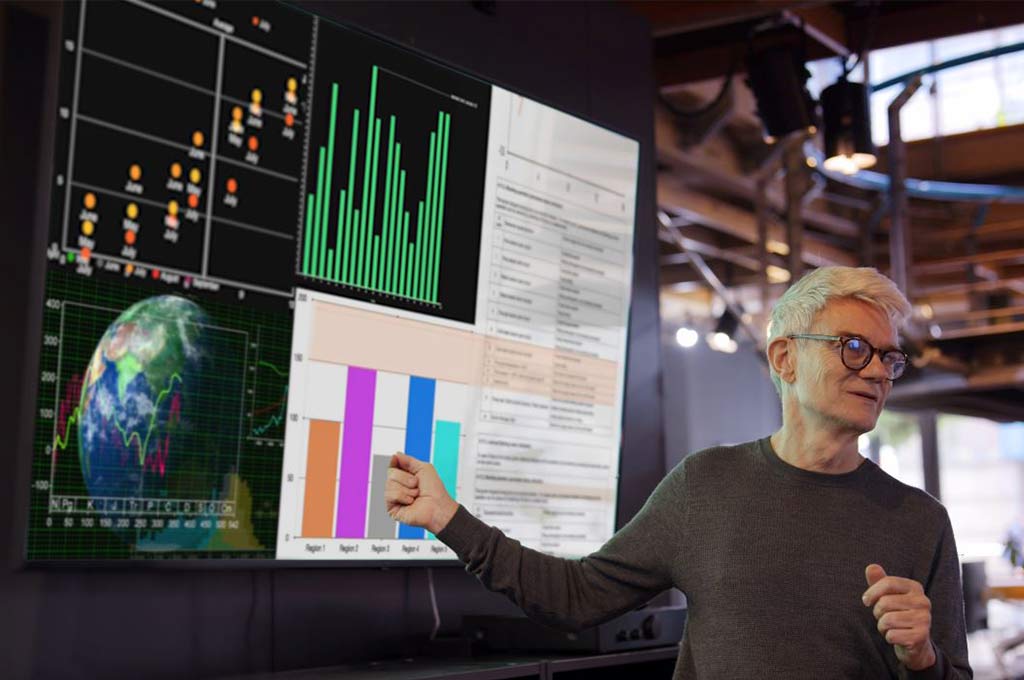
IESE Insight
30% of private investors in Spain plan to increase investment in 2025
After a cautious 2024, private capital in startups is showing signs of recovery, professionalization and increased collaboration.
Between inflation, geopolitical tensions and economic uncertainty, 2024 got off to a rough start for venture capital investors, but momentum grew in the second half when the European Central Bank (ECB) began lowering interest rates. This renewed optimism in the sector, a shift clearly reflected in the 2025 Business Angels report on startup investment, published by IESE and AEBAN (the Spanish association of business angels).
The average amount invested by business angels in 2024 was €95,525 (with a median of €20,000), though by excluding the largest investments (over €1 million) the average drops to €45,365. Spain remained the most active country in southern Europe for venture capital activity, with a volume of around €1.4 billion.
These findings suggest cautious optimism: 92% of those surveyed plan to invest in 2025, a notable increase over the previous year. Of those, 40% expect to maintain their investment levels and 30% plan to increase them.
However, there’s a funding cycle gap and it’s widening: while later stages continue to attract solid investment flows, early-stage funding, where business angels play a key role, remains more limited.
10 key trends in business angel investment
The report identifies 10 major trends that could shape the medium- and long-term evolution of the venture capital market:
- Professionalization of noninstitutional venture capital. Liquidity remains, but it is being managed more strategically. Startup selection and portfolio management increasingly rely on advanced analytical tools.
- Normalization of coinvestment. Over 80% of business angels have participated in deals with other angels or funds. This approach allows risk diversification, access to larger-scale opportunities and knowledge sharing.
- Specialization in strategic sectors. Investments are increasingly concentrated in sectors with high potential for transformation: health and biotechnology (37%), agrifood (23%), enterprise software (20%) and aerospace (19%).
- More women and growing diversity. Female participation has grown since 2021 and is now reaching 35%. Median female investment (€8,000) remains lower than male investment (€25,000), although the gap is narrowing: the average female investment rose from about €16,000 in 2023 to around €27,000 in 2024.
- More selective investors focused on profitability. A strong team or idea isn’t enough. Solid metrics, a validated business model and a clear roadmap are essential. Most investments in 2024 were follow-on rounds.
- Increased focus on portfolio management. Larger and more complex portfolios require more time and resources. A lack of reliable information is cited by 66% of investors as one of the main challenges.
- Growing use of data analysis and artificial intelligence. AI tools help identify opportunities, filter projects, make better-informed decisions and optimize portfolio management. Investors elsewhere have taken note, with 62% of venture capital in the U.S. and Canada injected into the AI sector.
- Greater weight of ESG criteria in decision-making. Environmental, social and governance (ESG) factors are gaining importance in investment strategies. There is also increased attention to diversity.
- Strong interest in high-impact technologies. Business angels are focusing on emerging, potentially disruptive technologies such as AI, biotech, clean energy, quantum computing and decentralized systems. These are seen as key growth drivers.
- A more connected and collaborative ecosystem. Collaboration among investor networks, universities, incubators, public institutions and funds is intensifying, particularly to direct capital toward early-stage ventures, where institutional support remains scarce.
About the study
The annual survey by AEBAN and IESE tracks the profile of angel investors in Spain, collecting data on the profile of investors, the size and nature of their investments, and their future expectations. For this edition, 234 questionnaires were collected and completed between December 2024 and the first quarter of 2025.
